Two brave Dundee firefighters who died on duty months apart in 1962 are to be honoured in a city ceremony.
John Buist died while tackling a jute factory fire in April 1962 and William Carnegie fell from a roof at a fire in June of that year.
William was just 44 and John 51 when the incidents occurred.
The Fire Brigades Union (FBU) is to honour the pair with permanent memorials at Blackness Road fire station on April 13.
It forms part of its Red Plaque Scheme, launched in 2017, which has seen 50 firefighters honoured.
Men lost their lives serving and protecting the people of Dundee
The Dundee men are the last firemen to lose their lives on duty in the city and the FBU is eager to ensure they are remembered.
The ceremony will take place 61 years to the day since John’s death.
The unveiling ceremony includes speeches from FBU senior officials, Scottish Fire and Rescue Service senior officers and the Lord Provost, Bill Campbell, on behalf of Dundee City Council.
Local FBU representative Barrie McCourt said: “John Buist and William Carnegie lost their lives while serving and protecting the people of Dundee.
“The red plaques we unveil will ensure the memory of their sacrifice lives on.
“Both firefighters died whilst attending fires in the local area, and both left behind loving families and a bereaved community.
“As firefighters we will never forget those who have died in the line of duty, and with these plaques they will have their place in public memory, as part of the history of the city.”
Who was John Buist and what happened?
John and his colleagues were called out to a blaze at a warehouse owned by W. G. Grant & Co. at 31 Constitution Street on April 12 1962.
The storage facility, which contained 2,000 bales of jute, was well alight and flats nearby had to be evacuated.
While some of the firefighters were inside, a huge 35 foot high tier of jute bales fell.
Two other firemen, William Joiner and Harry Anderson, who had been trapped by falling bales, were rescued.
The pair had to be pulled to safety through a hole battered in a corrugated iron wall.
But John was trapped under two tons of jute.
Despite a two-and-a-half hour heroic effort by colleagues to dampen the flames and wheel out bales to clear the rescue path, John was unresponsive by the time he was pulled from the fire.
The fire caused a significant amount of damage, with the total value £45,000 at the time.
John was one of the best-known members of Angus Fire Service. A native of Fife, he was a motor engineer before joining the fire service.
A final touching tribute saw a spontaneous turnout of hundreds of Dundonians as local firemen marched with the cortege to Dundee Crematorium.
He lived with his wife Williamina, a former firewoman, and young son at Strathmore Avenue and had 30 years’ service.
Who was William Carnegie and what happened?
William had been helping tackle a dormer attic fire at a two-storey tenement at 58 Mains Road on June 14.
It was a small fire that resulted in the occupant being taken to hospital but was put out easily by the crew attending.
While William was climbing out of the window to investigate damage to the roof however, the window frame apparently gave way. He fell 30 feet and was rushed to hospital with critical injuries.
The hugely respected emergency service worker, who lived at Dryburgh Gardens, Lochee, died just over three weeks later on July 8.
A a motor engineer by trade, he joined the fire force in 1946 after service in the Scots Guards.
He was known for helping disabled people at Hawthorn Swimming Club.
One of his colleagues said rarely a week passed without his attendance at the baths to instruct them.
He was survived by his wife and their 17 year old son. The family had planned to go on holiday the following day after chartering a boat for the Norfolk Broads.
His wife’s brother-in-law was Harry Anderson, the firefighter who was lucky to escape in the April fire in which John Buist lost his life.
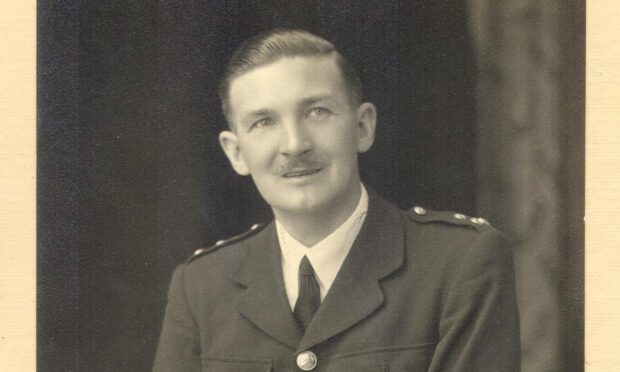
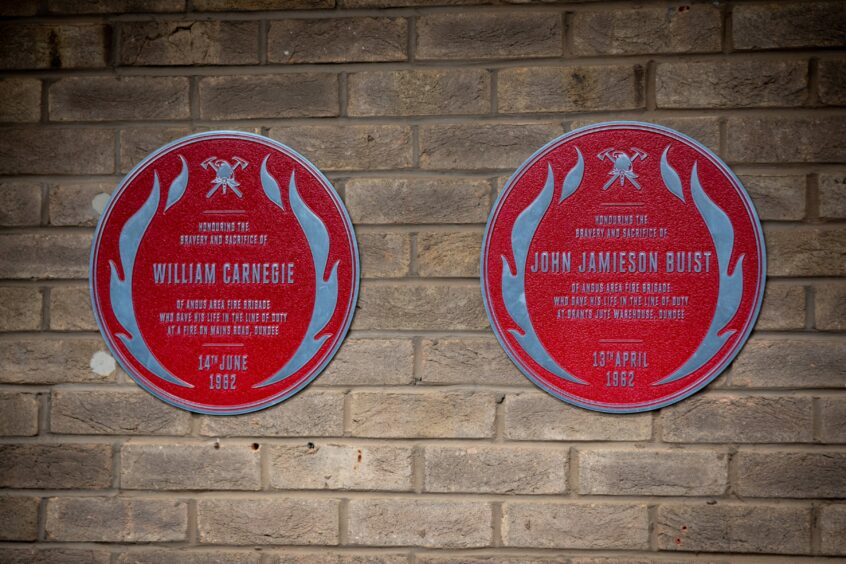
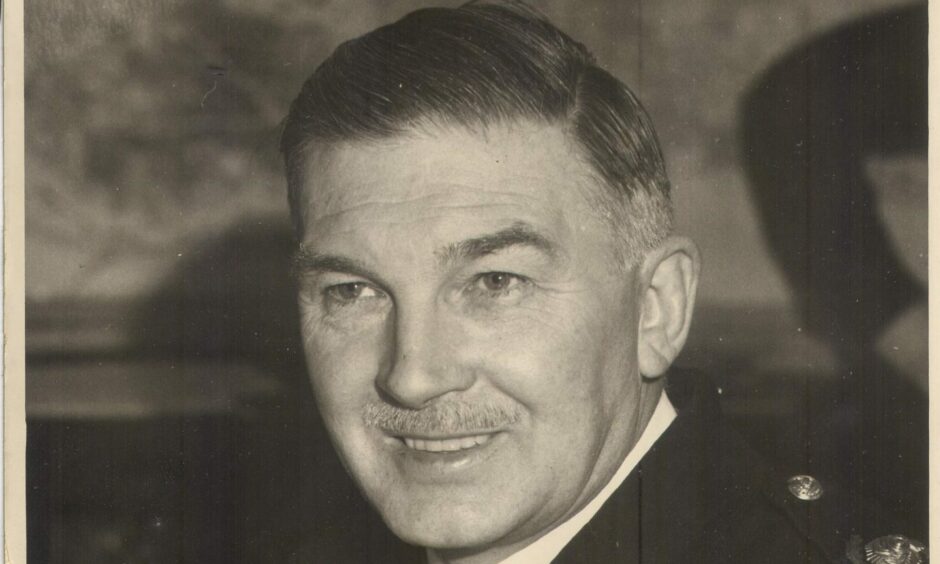
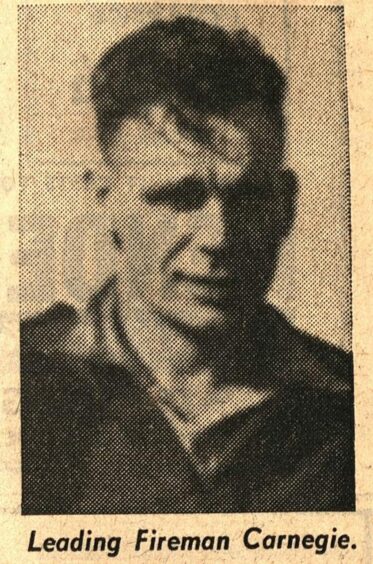
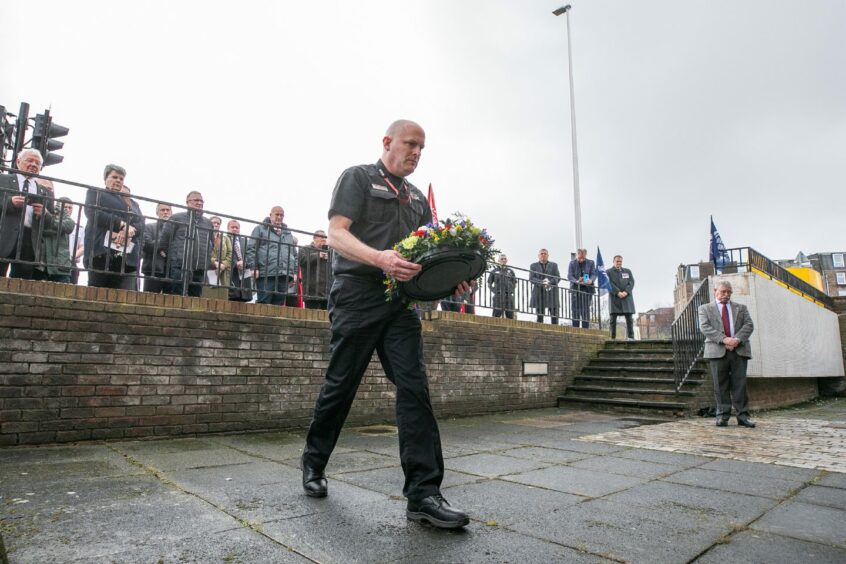
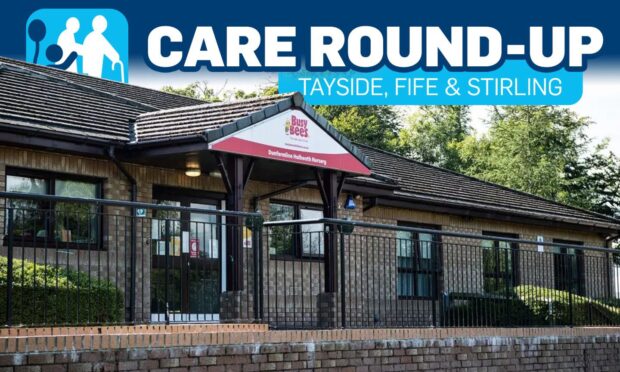



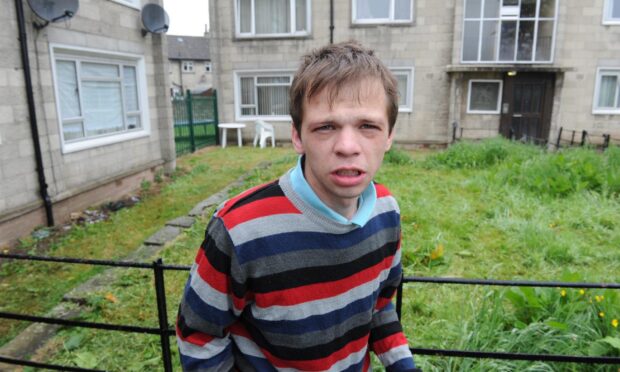
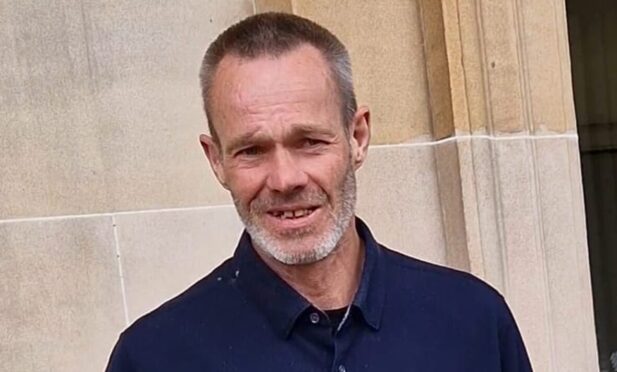
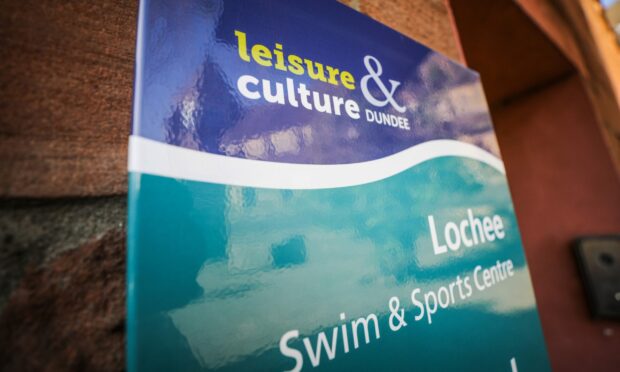
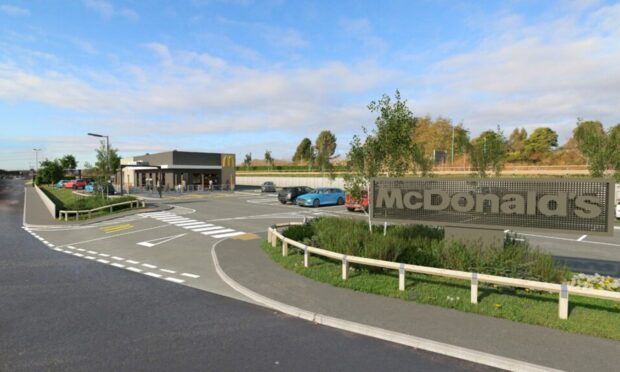

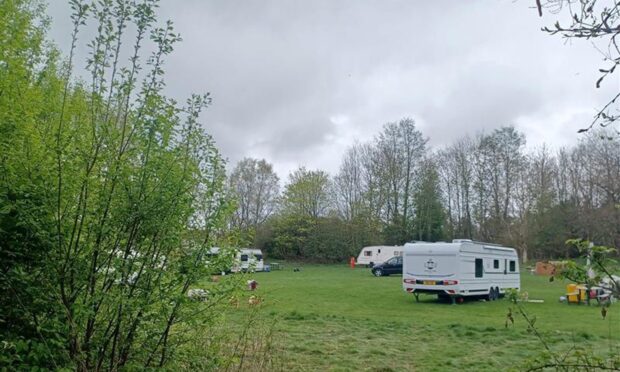
Conversation